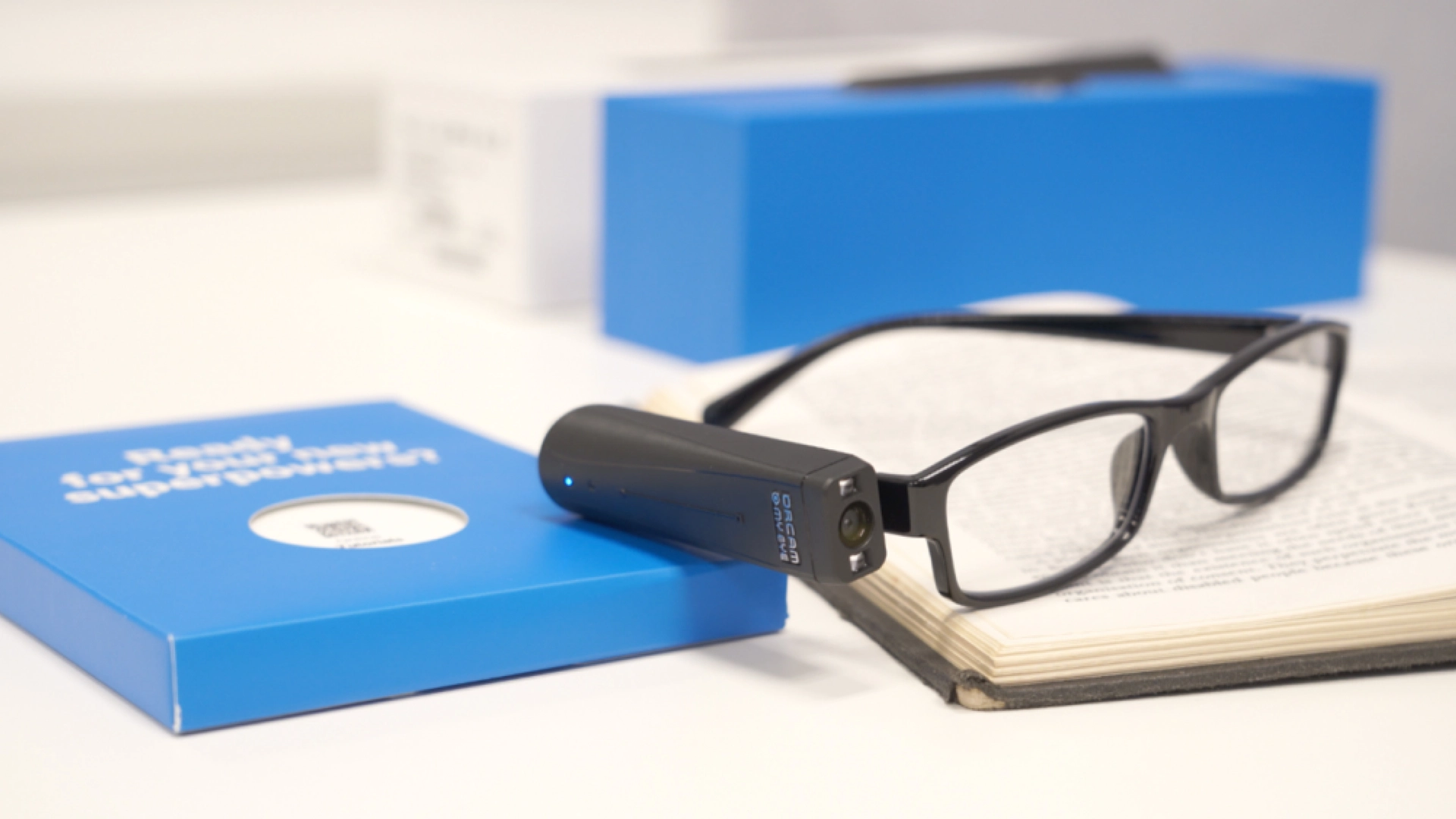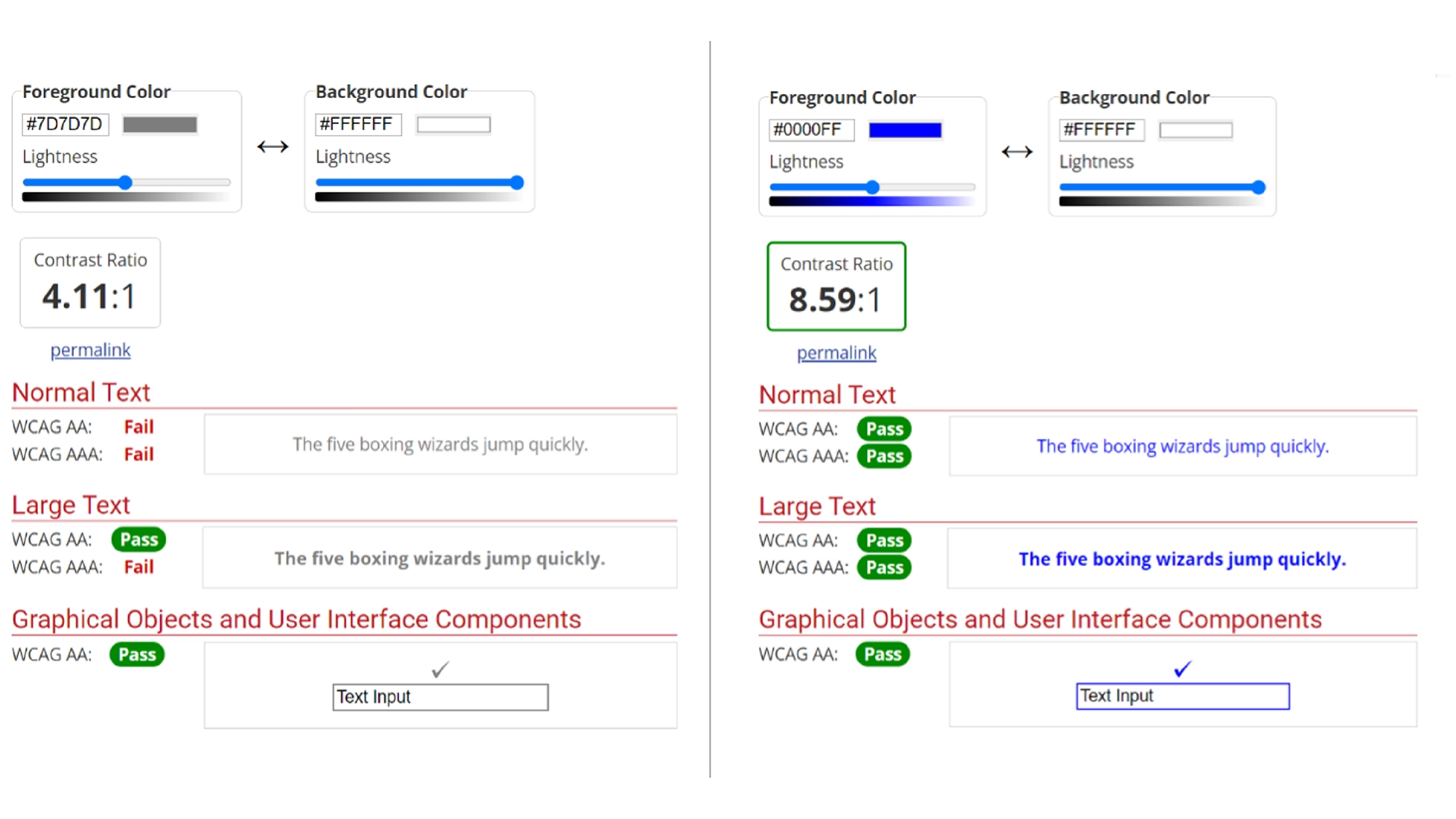Assistive technologies for removing learning barriers

Improving learning content accessibility
- perceive the information being presented,
- operate the interface,
- understand the information,
- operate the user interface, and
- access the content as technologies advance.

Videos are commonly used educational resources in teaching and learning. To make videos more accessible, providing auto-captioning for instructional videos is often helpful. Educational videos with captions support learners who are deaf, who are not proficient in English. There are free automatic captioning services, such as YouTube or Adobe Express.
LMS also plays a central role in student learning. Many learning management systems (LMSs) like Moodleand Canvas allow learners to adjust the size and color of text, images, and graphs. Some LMSs, such as Clusive, even have built-in text-to-speech tools and options for students to customize materials and assessments.
At the course level, tools provided by Google Suites and Microsoft Office can help make deliverables accessible to more people. For example, with alternative text for images, screen readers can describe images to visually impaired learners.
Further Readings
- McNicholl, A., Casey, H., Desmond, D., & Gallagher, P. (2021). The impact of assistive technology use for students with disabilities in higher education: a systematic review. Disability and Rehabilitation: Assistive Technology, 16(2), 130-143.
- Novak, K., & Couros, G. (2022). UDL Now!: A Teacher’s Guide to Applying Universal Design for Learning. CAST, Incorporated.
- Perelmutter, B., McGregor, K. K., & Gordon, K. R. (2017). Assistive technology interventions for adolescents and adults with learning disabilities: An evidence-based systematic review and meta-analysis. Computers & education, 114, 139-163.


